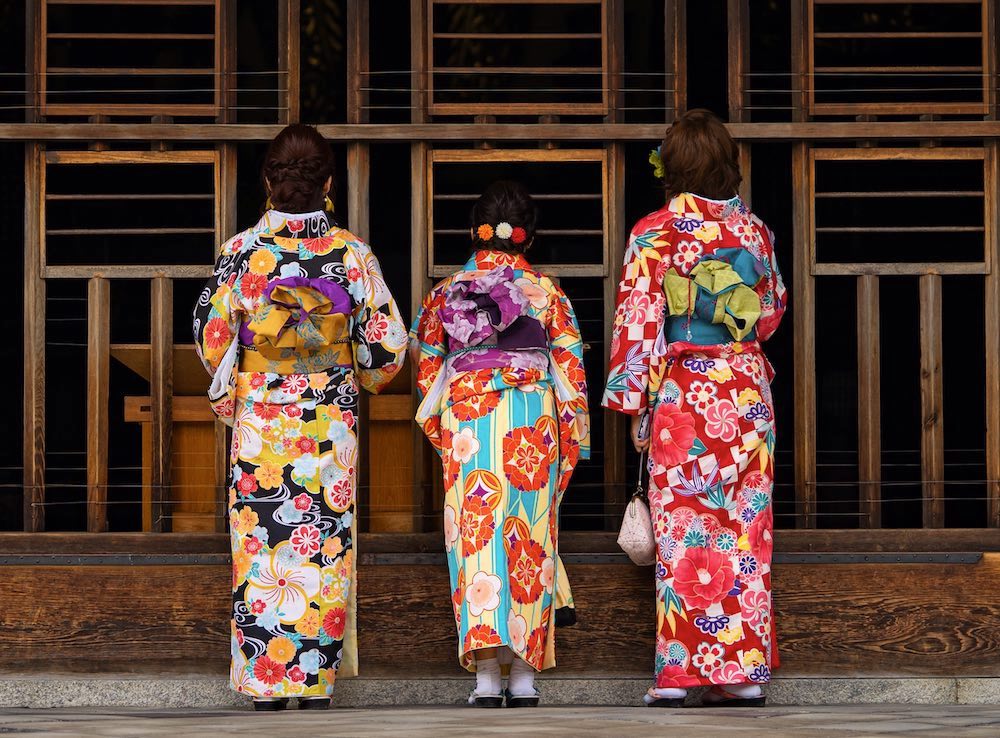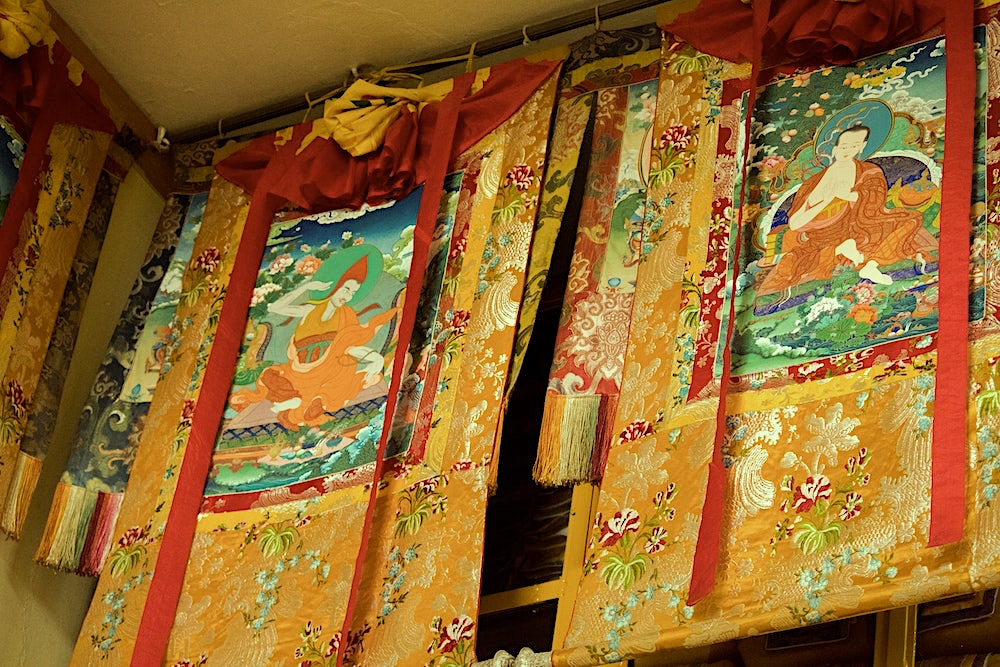The Kimono (きもの/着物) is a type of traditional Japanese dress. The word kimono literally means something to wear. Today these beautiful garments are usually worn on special occasions only. The kimono is made from very carefully decorated silk and can cost over ten thousand dollars for a complete outfit. Kimono for both men and women is made from a single piece of fabric called tan and comes in one size for all. These “T” shaped garments are worn by folding in a certain way.
History
Kimono was first seen in Japan in the 8th century between the Hein period and the Edo period. They were shaped according to the Chinese clothing of the time. The kimono has gone through many changes over its long life, from the use of some kind of half apron to the obi. Pants were added on it and the sleeves grew in length.
Species
Both men and women wear kimono, although the men’s kimono is traditionally made in dark and gloomy colors and has much shorter sleeves. However, there are many different styles for both men and women for various occasions. Unmarried women wear fur on formal occasions. Geisha usually wear susohiki while the fur section has floor-length sleeves.

How to wear
Dressing in kimono is an art in itself. Mothers traditionally taught their daughters how to dress, but today most of them keep a kimono dresser for special occasions. For those who want to learn this unique art, there are schools that teach it. Each layer of kimono must be fitted in a precise order, and when accessories are included, this process can take hours to complete. For example, the kimono itself is always reserved for the dead, the right side above the left, the other way from left to right. Hair ornaments and obi are always permanent and stockings are used first as it is easy or not recommended to twist in a kimono.
Today, wearing kimono is a rare art. Although most Japanese wear Western-style clothing, there are still special occasions where one is required. Sumo wrestlers must always wear traditional clothing, and Geisha and other traditional dancers also tend to wear these on a daily basis. But at most formal tea parties, weddings and the aging ceremonies of a young girl are the only moments they happen to be seen.
